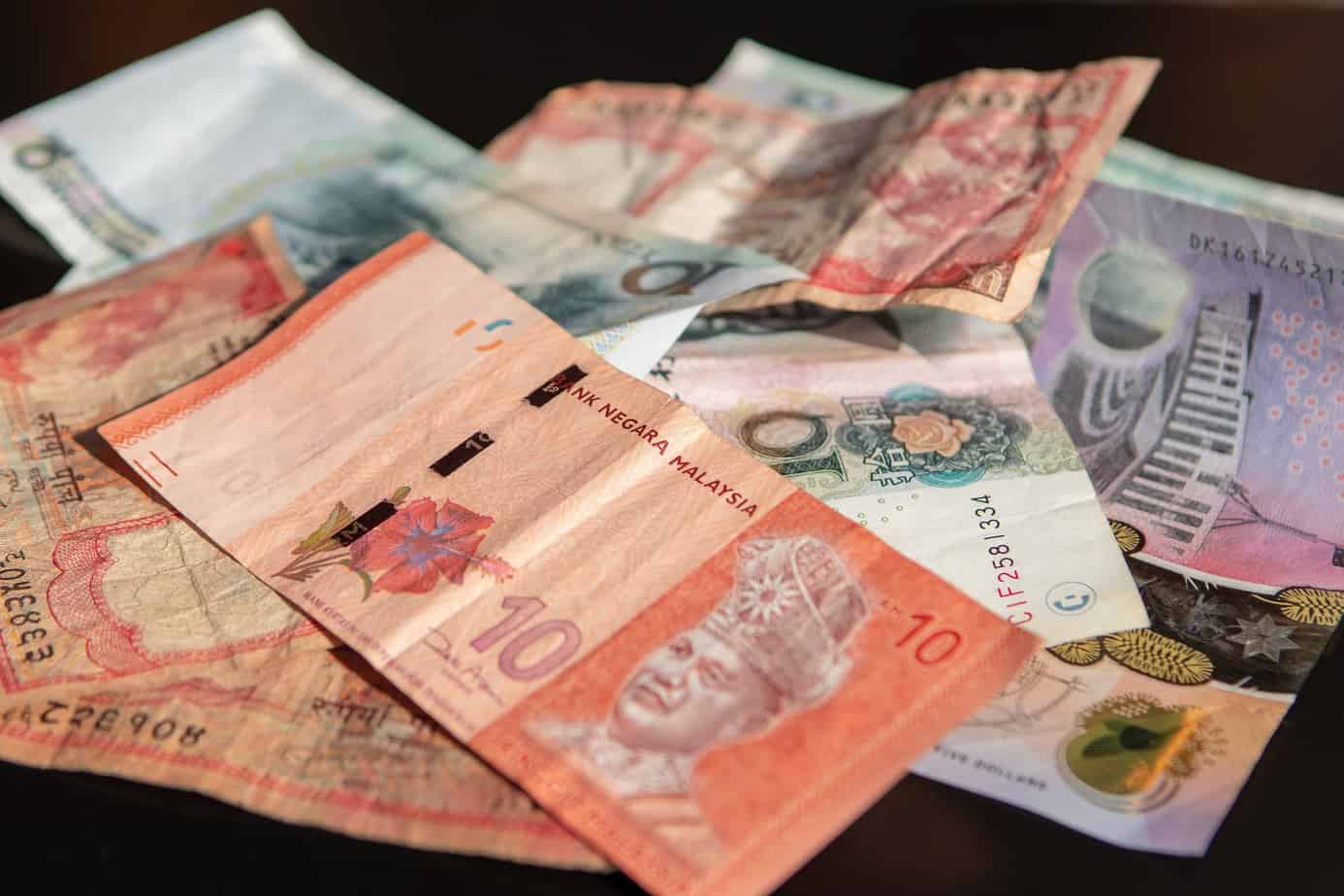The exchange rate AUD to USD is on a 4-day uptrend, currently at year high levels. The RBA announcement has brought back investors into the forex market.

FOMC is certain to keep its rate between the 0% to 0.25% ranges as it gathers on Wednesday 16. The US has seen the worst affected Covid-19 cases, and the benchmark has been within this range from March 15.
The Federal Open Market Committee looks for various ways to accelerate recovery in the US economy ahead of the elections on Nov 3.
Exchange Rate AUD to USD Moving Towards Year’s High
Australia has been much affected by the Covid-19 outbreak, especially in Victoria. Monetary and fiscal support is expected to bring in recovery into the country.
On the upside, 0.74 continues to provide strong resistance to the Australian dollar. If the exchange rate AUD /USD breaks past this level, it will continue to rise towards the 0.75 level.
China has released strong economic data, and the Australian dollar which depends on the Chinese economic conditions has grown strong.
EURO Improves with Good Domestic Fundamentals
The EUR/USD currency pair is on an uptrend for five consecutive days. It saw a low of 1.1750 on September 9 and has recovered to move upwards. With positive sentiment coming back to the EUR USD pair, there are chances of the currency pair reaching the 1.20 mark.
1st September saw a high of 1.2011, and the 23.6% Fibonacci is placed at 1.2032, which are resistance levels to watch out for in the near term. However, on the flip side, 1.1752 lows touched on Sept 9 will be closely watched.
The ECB meeting on Thursday has renewed investor interest in the Euro.
ZEW Economic Sentiment in the Eurozone has shown better than expected data at 73.9 against the expected 63.0. In Germany, it is at 77.4 against the expected 69.7, while previously, it was at 71.5. It has further improved renewed interest in the Euro.
USD/CAD Fails to Gain Momentum
The USD/CAD currency rate is trading below crucial levels at 1.3200, around which it was hovering for more than a week. However, it trades above 1.316 levels, which is its 20 EMA.
Oil prices have an impact on the Canadian Dollar. With the shutdown in oil fields in the US Gulf of Mexico, oil prices are on the rise. It may be a positive indicator for the currency.
If the second wave of COVID-19 continues to rise, it may dampen the USD/CAD further, especially as the greenback continues to remain out of favor.
Canada’s manufacturing sales have gone up by 7% in July 2020 to CAD 53.1 billion, though below market expectations at 8.7%. Sales have improved in 13 industries out of 21 industries, especially in the transportation equipment industry.
British Pound at One-Week High
The GBP/USD currency pair continues to see an uptrend for the third consecutive day. On Wednesday, it was well above the critical level at 1.29. Further, the Brexit deal is expected to bring in volatility into the GBP/USD currency pair.
PM Johnson tried to bring in the Internal Market Bill (IMB), which, however, faces stiff opposition from the Labour Party and the European Union.
The unemployment rate in the US has gone up to 4.1% for the quarter ended in July 2020. It was 3.9% for the previous quarter. The pandemic is driving millions from work, while some are not receiving pay. The jobless rate is almost reaching 2-year highs.
US Dollar Weakens with New Monetary Policy Strategy
Hopes of the coronavirus vaccine are fading, with the challenges faced by the AstraZeneca in the US.
The Fed meeting is much awaited. If the Fed continues to bring liquidity into the market, inflation may move up. The FOMC statement on Wednesday may keep the US Dollar subdued this week. The US Dollar continues to weaken against other developed market currencies, while the exchange rate AUD/USD gathers strength.
The Fed has rewritten its approach to bringing maximum employment and stability in prices and thinks less about inflation.
In the FOMC meeting on Wednesday, the Fed is expected to keep long-term yields lower, while purchasing longer-dated debt say, strategists.
Japan’s Trade Surplus Widens in August
In Japan, the trade surplus has widened in August to ¥248.3bn. Exports have gone down by 15% from the previous year. Imports have declined by 20%, according to data released by the Finance Ministry on 16 Sept.
In New Zealand, the current account deficit has narrowed to NZ$8.51 bn, much higher than the predicted number at NZ$7.37 bn. In the previous year, the current account deficit was at NZ$5.77 bn. Analysts expect the unemployment rate to go down for the June quarter, and the New Zealand dollar continues to see an uptrend with good data pouring in.
NZD/USD exchange rate has gone up from 0.6650 levels to 0.6750 levels this week, moving with a positive bias.
Low global economic recovery from the coronavirus continues to slow down growth. Infection rates are on the increase again in countries like Japan, South Korea, New Zealand, and some countries in the Eurozone.
Gold prices continue to hover around its all-time high, as investors are drawn towards the safe-haven asset, while global currencies continue to remain volatile.